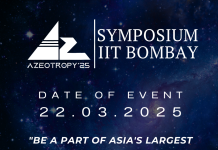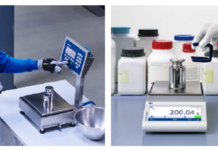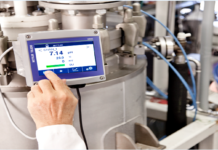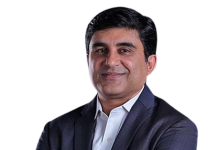In a landmark move that reshapes India’s research ecosystem, the ministry of finance has revised long-standing procurement rules, giving scientists and academic institutions long-awaited freedom from the restrictive confines of the Government e-Marketplace (GeM). The decision, officials confirmed, came after direct intervention by Prime Minister Narendra Modi.
A Break from Bureaucratic Bottlenecks
For years, researchers faced frustrating delays and compromises due to rigid procurement channels and the “L1” rule—awarding contracts to the lowest bidder regardless of quality. Now, with fresh amendments in place, researchers can procure scientific equipment and consumables from outside the GeM platform—bringing immense relief to the scientific community.
“This isn’t just administrative reform—it’s recognition of the needs of science,” said a relieved researcher. “Science cannot be caged in platforms and progress cannot always be L1.”
Reclaiming Scientific Autonomy
The revised rules empower institutional heads with greater decision-making authority. Directors and Vice-Chancellors of top academic and scientific institutions can now approve Global Tender Enquiries up to ₹200 crore without waiting for central clearances. They can exercise their discretion based on project needs—no additional scrutiny required.
In addition, monetary thresholds for other procurement categories have also been significantly relaxed:
*Direct purchase limit raised from ₹1 lakh to ₹2 lakh.
*Purchase committee approvals now allowed up to ₹25 lakh (earlier capped at ₹10 lakh).
*Limited tender enquiry ceiling increased from ₹50 lakh to ₹1 crore.
*Open tender requirement now triggered only for purchases above ₹1 crore (earlier ₹50 lakh).
These measures collectively reduce red tape, cut down delays, and restore flexibility to institutions driving scientific progress.
Scientists Speak Out
While the GeM platform was designed with noble intentions—to encourage Indian suppliers and promote self-reliance—scientists argue that the digital system failed to meet the real-world demands of research.
“In an algorithm-driven marketplace, the lowest bidder always wins, even if the product is unfit for scientific use,” said a senior scientist. “What good is cost-efficiency if it compromises accuracy and derails an experiment?”
Professor Binay Panda from the School of Biotechnology at Jawaharlal Nehru University shared his experience: “If I want to buy a computer that meets specific research needs, I can’t—unless it’s L1. That’s absurd.”
Make in India: Preferred, But Not at the Cost of Science
Many researchers expressed strong support for Indian products—provided they meet scientific standards.
“We don’t reject Indian-made equipment—we prefer it when it works,” said Prof. Panda. “Support is better, costs are lower, and it’s easier to access. But let’s not pretend assembling imported parts and slapping on a ‘Make in India’ sticker is innovation.”
This sentiment resonated widely. “We’re patriotic. But our loyalty is to science first,” another scientist said.
A Turning Point for Research in India
The Ministry of Science and Technology has welcomed the reforms. Minister of state Dr. Jitendra Singh hailed the move on social media, calling it a “landmark step” towards #EaseOfDoingResearch. “It will reduce delays and enhance autonomy—empowering institutions to innovate faster,” he wrote.
Prof. Abhay Karandikar, Secretary of the Department of Science and Technology, emphasized the collaborative nature of the reform. “It was made possible by joint efforts—from scientific secretaries and the Principal Scientific Adviser to the Cabinet Secretariat and Department of Expenditure.”
Final Word: Let Science Lead
India’s researchers have long battled systems that prioritized price over performance. With these new rules, the government has sent a strong message: science deserves speed, precision, and autonomy. As reported by thetimesofindia.indiatimes.com, as researchers reclaim control over their tools, the hope is that Indian innovation will now move not only faster—but also further.

































